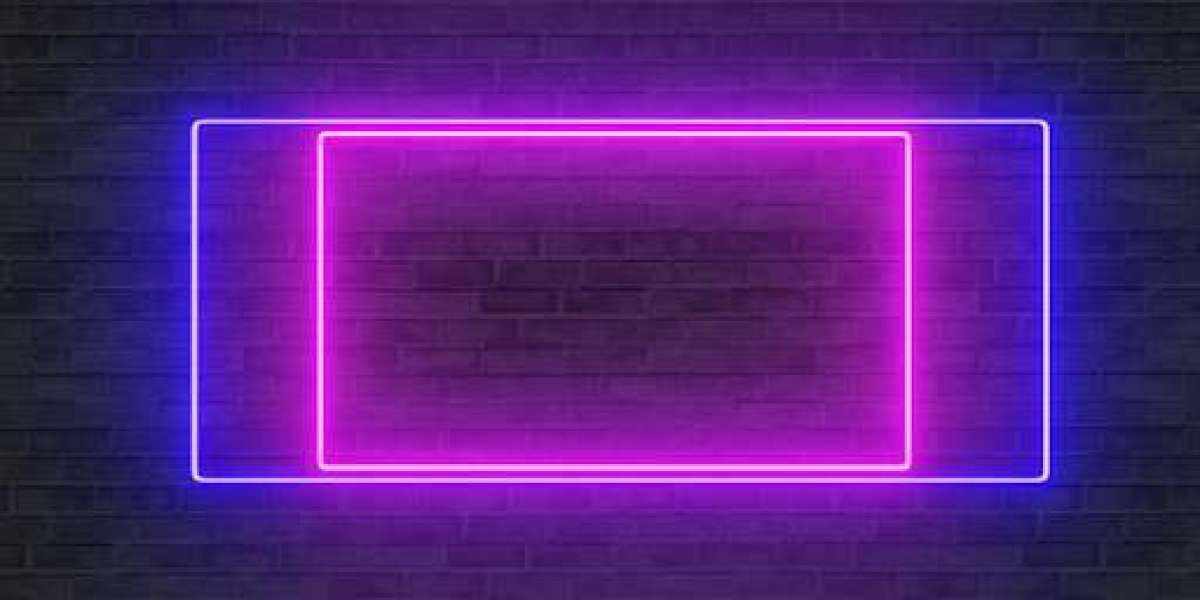In the design world, few elements have the power to transform a space quite like neon glass and lights. With its vivid colours and dynamic glow, Neon has transcended its origins as a commercial signage tool to become a symbol of artistic expression and modern aesthetics. This post delves into the mesmerising realm of neon, exploring its history, the artistry behind its creation, and the diverse ways in which it illuminates and energises contemporary spaces.
A Neon Odyssey: From Signage to Art
Neon lighting traces its roots back to the early 20th century when French inventor Georges Claude first demonstrated the potential of neon gas for lighting. Initially used for commercial signage, neon signs became synonymous with bustling cityscapes, casting vibrant hues against the night sky. Over time, neon evolved beyond its utilitarian origins, finding its place in art and design.
The neon art movement gained momentum in the mid-20th century, with artists like Keith Sonnier and Bruce Nauman using neon tubes to create compelling installations. Neon's ability to bend, shape, and emit light in a spectrum of colors opened new avenues for artistic expression, transforming it into a medium with luminous allure.
Artistry in Glass: Crafting Neon Masterpieces
At the heart of neon's enchanting glow lies the artistry in glass. Neon signs and artworks are meticulously crafted by skilled artisans who bend and shape glass tubes to form intricate designs. The process involves filling the tubes with noble gases, such as neon or argon, emitting light when an electric current passes through them.
The colour of the light emitted by neon is determined by the type of gas used and the phosphor coating applied to the interior of the glass tube. This process results in the signature vibrant hues that make neon so distinctive. Each piece is a testament to the craftsmanship involved, with the artist carefully bending and welding the glass to bring their vision to life.
Neon in Contemporary Design: A Versatile Medium
In contemporary design, neon has transcended its association with commercial signage to become a versatile and dynamic medium. Designers and artists alike embrace neon for its ability to inject energy and personality into a space. From minimalist interior decor to avant-garde installations, neon lights have become a go-to element for those seeking to make a bold and unforgettable statement.
- Neon in Interior Design
Neon lights are increasingly integrated into interior design, adding a playful and modern touch to residential and commercial spaces alike. Neon signs featuring motivational quotes, symbols, or custom messages have become popular as personalised decor elements. The ability to customise the message and colour allows individuals to tailor neon to their unique tastes and preferences.
- Art Installations
Neon's luminous properties make it a captivating medium for contemporary art installations. Artists push the boundaries of traditional neon design, creating immersive experiences that challenge perception and evoke emotions. Neon's inherent ability to draw attention and create a sense of wonder makes it an ideal choice for installations that seek to engage and captivate audiences.
- Neon in Branding
While neon has its roots in commercial signage, it plays a pivotal role in modern branding. Businesses across various industries utilise neon signs to enhance their visual identity. Whether it's a trendy cafe with a neon logo or a boutique storefront adorned with vibrant signage, neon remains a powerful tool for creating a memorable and visually striking brand image.
- Event Decor
Neon lights have become a staple in event decor, elevating the ambience of weddings, parties, and corporate events. From illuminated backdrops to custom neon signs, this versatile medium adds a touch of glamour and modernity to any occasion. Its adaptability to different styles and themes makes it a sought-after choice for event planners and designers.
Conclusion
Neon glass has transcended its origins as commercial signage to become a dynamic and captivating medium in contemporary design. From the artistry involved in crafting neon masterpieces to its diverse applications in interior design, art installations, branding, and event decor, neon continues to shape and define modern aesthetics.









